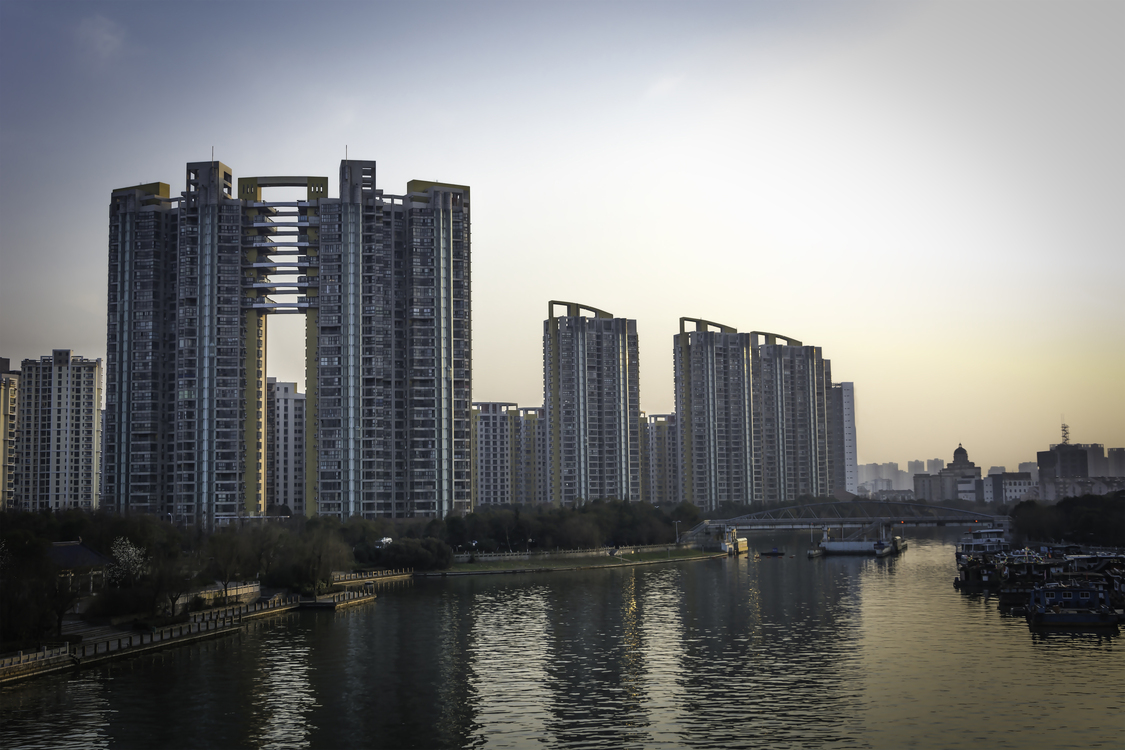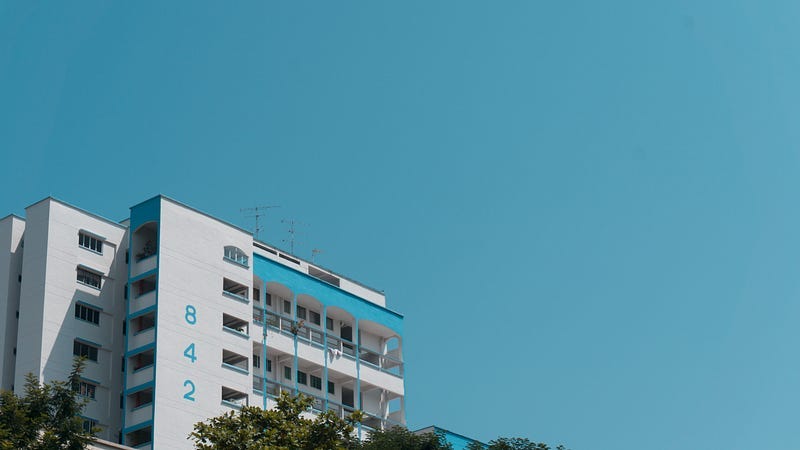A Closer Look At The Prime Location Model Housing (PLH) Model in Singapore
What's the catch? Find out whether it's one that'll suit you

The announcement of Build-to-Order (BTO) flats in prime locations under the new Prime Location Housing (PLH) model has generated significant buzz in Singapore’s real estate market.
As it’s the first of its kind, both new and existing homeowners are likely to be curious about this scheme. So, what exactly is the PLH model and are the restrictions worth it?
What Are The Rules & Restrictions For Prime Location Model Housing (PLH) In Singapore
The PLH model introduces 5 key restrictions for homes under the scheme in Singapore:
1. Extended Minimum Occupancy Period (MOP): Probably the most important factor to take note of, the MOP for PLH units is increased to 10 years, up from the typical 5 years. This extended MOP applies to both first-time and resale buyers, starting from the time the keys are collected.
Factoring in construction period, first time homeowners may need to wait between 10–15 years before they can sell the flat. This is a significant increase compared to the typical 5–8 years it takes for an owner to participate in a ballot and collect their BTO flat keys.
2. Stricter eligibility: Right from the application, PLH units have more stringent eligibility requirements. Applicants must fulfil the following criteria:
-
At least one applicant is a Singapore Citizen;
-
Must have an eligible family nucleus;
-
Income cannot exceed $14,000, and
-
Must not own or have interest in private property as well as have not disposed of any in the last 30 months
3. Reduced priority under Married Child Priority Scheme (MCPS): Other than tighter eligibility, fewer PLH units are also allocated for homeowners applying under the MCPS. This is to reduce socioeconomic advantage and promote fair housing allocation.
4. Rental limitations: Though homeowners of 3-room or larger PLH flats can still rent out individual rooms, they are not allowed to rent out their entire flat.
5. Subsidy Recovery (SR): If you do wish to sell your PLH flat, be prepared for the Subsidy Recovery (SR). This is because PLH buyers can receive additional subsidies on top of the current grants. The catch? They must be repaid, alongside existing resale levies, when the unit is sold on the resale market.
The subsidy Recovery (SR) is calculated as a percentage of the sale price and applies regardless of profit. The exact percentage depends on the individual project. More attractive projects in better locations tend to have greater SR to reduce the “lottery effect” of projects that appreciate greater in value. For example, there is a 6% subsidy clawback for the PLH Rocher project in the November 2021 BTO exercise. This means a return of $54,000 if the sale price is $900,000. The SR takes up a whopping half the amount, assuming a capital gain of $100,000.
Why The Need for Prime Location Housing (PLH) Model In Singapore
The PLH model is designed to ensure that public housing in prime locations in Singapore remains affordable to all. It also helps to promote equality among HDB flat buyers in the city centres.
While the move is symbolic of inclusive housing, its impact on home prices across the island warrants a closer look.
Implications of The Prime Location Housing (PLH) Model In Singapore
1. Increase in home prices in existing prime HDBs and areas surrounding PLH flats: Due to the PLH restrictions, the most significant effect will likely be the rise in prices of the surrounding properties of PLH flats. They become more attractive to homeowners who want to avoid MOP and resale restrictions. Buyers who don’t fit the PLH model’s demographics but desire to live in prime locations may also seek out these properties.
Existing prime HDBs not subject to the PLH model like Pinnacle@Duxton and SkyVille @ Dawson will also likely experience increased demand since the new restrictions apply only to future projects and not existing public ones.
2. More stable prices of PLH units: The PLH model deters investors seeking rental and “flipping” profits, making these units more appealing to genuine homebuyers who intend to stay for an extended period. This translates to more stable prices of PLH units.
3. Restricted buyers: The resale market for these flats will be more limited compared to typical flats, affecting both the initial buyers and future resale transactions.
Considerations Before Purchasing A Prime Location Housing (PLH) Flat
Despite their coveted prime locations in Singapore’s city centre, these are important factors to consider before participating in your next BTO ballot for a PLH flat.
1. Future demand may not be as high as expected
The restrictions imposed on PLH units might shift buyers’ interest to housing options in nearby districts that do not share the same limitations of the 10-year MOP, $14,000 income ceiling(!!!), or SR tax. Buyers and investors hoping to profit from these properties should be cautious about being overly optimistic about future demand.
Additionally, the 10-year MOP, combined with a 4–5 year construction period, results in a 15-year wait before the property can be sold. Predicting demand this far into the future is challenging, especially in a rapidly evolving city-state like Singapore.
2. Lesser profits from selling your PLH flat
Due to the limitations imposed on PLH flats, you can’t think of “flipping” your property for sky-high profits.
If you aim to profit significantly from selling your property especially if it’s your first BTO, there may be better choices than PLH flats. With a household income limit of $14,000 and the Mortgage Servicing Ratio (MSR) capped at 30% of one’s gross monthly income. This means that the new buyer can only pay a maximum of $4,200 per month ( assuming the household has zero loans). As on today, HDB floor interest and tenure, that translates to only a loan of $886,000. Anything above that, the buyer would have to fork out cash for it. With this restriction, PLH flats are less likely to be able to keep up with the property growth of its neighbouring non-PLH unit.
This cap can also discourage families seeking asset progression as the selling price (minus the SR) may reduce net profits and impact the potential upgrade to a private property.
However, PLH flats are still situated in highly desirable locations. Be assured their value will appreciate based on their prime locations in Singapore alone.
Photo by Nathan Oh on Unsplash
Our Thoughts: Are PLH Flats Worth The Investment And Should You Consider Them?
Choosing a PLH flat would require more conviction and certainty. With the 10 years MOP and building time, you’ll need to be sure that then housing can accommodate your needs for the next 15 years.
However, PLH units do offer a unique opportunity for homebuyers to own property in prime locations in Singapore at a more affordable price.
If you value living in a prime location in Singapore and are willing to accept the resale restrictions and potential slower appreciation, a PLH flat could be a good for you. They are best recommended for families with no short-term plans (within 10–15 years) to relocate and those who intend to live in a prime location for their own use.
On the other hand, if you prioritise flexibility and potential for higher returns, consider other properties outside of the PLH model.
It’s important to research and consult with a financial expert before making any major investment decisions.
Remember, owning a house goes beyond its financial worth. Your house is also a place where roots grow deep and memories are made. Choose a home that best suits you and your family’s circumstances and priorities.
